Before we start on Mother Nature’s Mimics I want to give you a sneak peak into a few topics I’m working on for upcoming posts. Is it a fly? A bee? A wasp? I’ll be doing a post to show you how you can tell the difference and what the role of each one is in the ecosystem. Also, wondering what the best flowers are for pollinators? I’m working on a post called 10 of the Best Perennials for Pollinators. Have you Ever Seen 20 MILLION bats? Here’s Your Chance! A post featuring some video footage I took when I visited Bracken Cave in Texas with Dr. Merlin Tuttle is on the horizon! Prepare to be amazed! Are you Fooled by These Mimics?–a post showing you the differences between some of our dark butterflies that can be super confusing to identify. Can you identify a black swallowtail, pipevine swallowtail, female eastern tiger swallowtail, and spicebush swallowtail? ) Plus, I’ll be bringing back the weekly puzzler and prize giveaway, starting with this Saturday’s post. Stay tuned to learn how to qualify, what you can win, and when the drawing will be.
Now on to some of Nature’s mimics.
In nature there are lots of animals that imitate, or mimic other animals, plants or things. What advantage does one animal have by looking like another animal? Can you think of any animals that have “tricked you,” that is, made you think they were something else?
While there are likely mimics across the board in many families of animals, the invertebrates likely have the most (because they’re the biggest group with the most number of species.) Spiders that look like ants. Butterflies that look like other butterflies. Moths that look like tree bark, caterpillars that look like bird poop, insects that look like sticks, or leaves.
Lots of caterpillars employ mimicry. Their goal is to avoid being eaten, or found, by birds and other animals that will readily eat them, or feed them to their growing babies. Other animals, like spiders, might mimic flowers so they can be undetected by insects visiting the flowers for pollen or nectar.
Let’s look at some of Mother Nature’s Mimics:
Here are two caterpillars that mimic snakes. Would you be fooled?
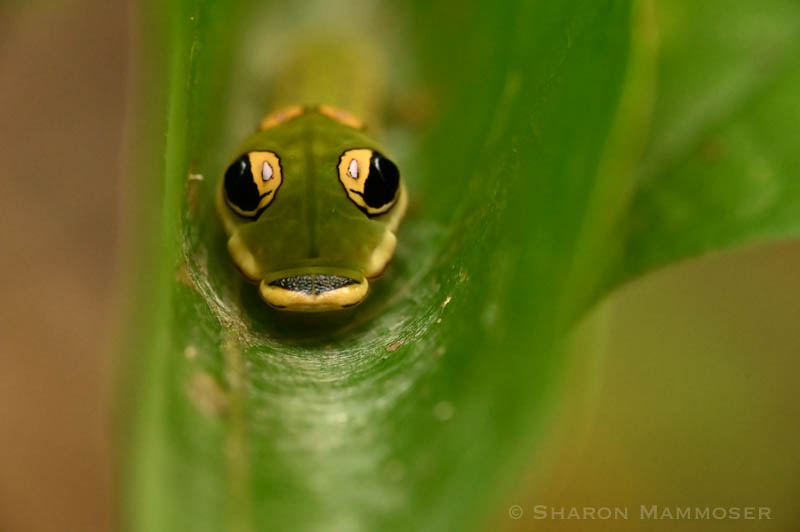
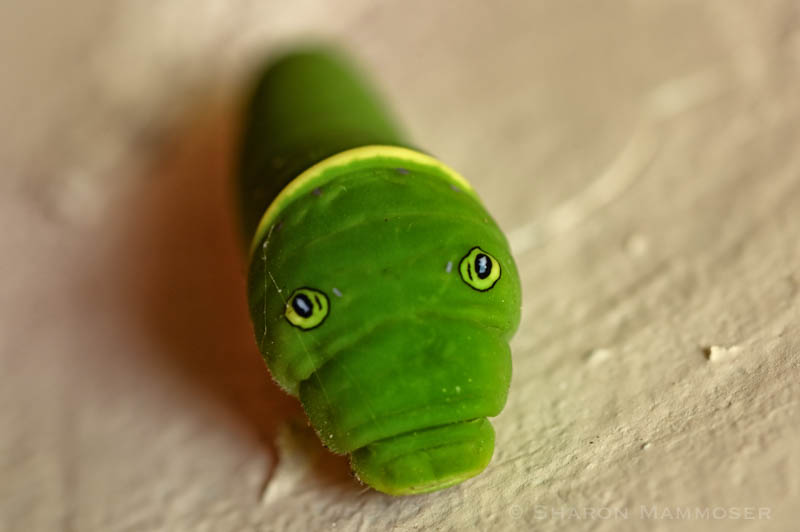
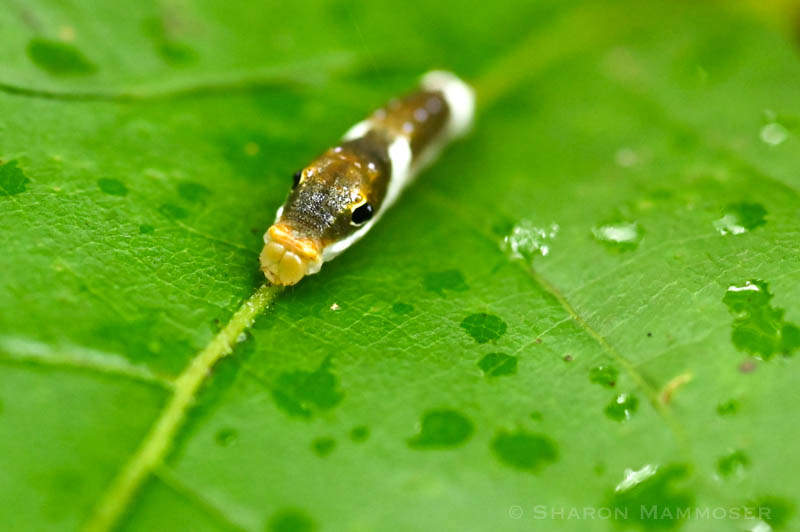

Some butterflies mimic other butterflies, like this viceroy butterfly below that mimics a monarch butterfly. Know why? What advantage does it have by mimicking the monarch? As you probably know, the monarch caterpillar feeds on milkweed (ONLY ON MILKWEED! This is why it’s so important for you to plant milkweed!) which as you may know contains poisons (called cardiac glycosides) that can make any animals that eat them vomit and, if they eat enough, even die as their hearts beat out of control. The bright coloring of the monarch warns birds and other animals that they are distasteful and so birds and other animals avoid eating them. The caterpillar of the slightly smaller viceroy does not feed on milkweed and so does not contain these poisons, but is still bright orange. Many, including people! and predators are tricked, avoiding it, just like the monarch. (As a side note, this is the same reason why some other insects found on milkweed, like milkweed bugs and milkweed beetles are bright orange!)
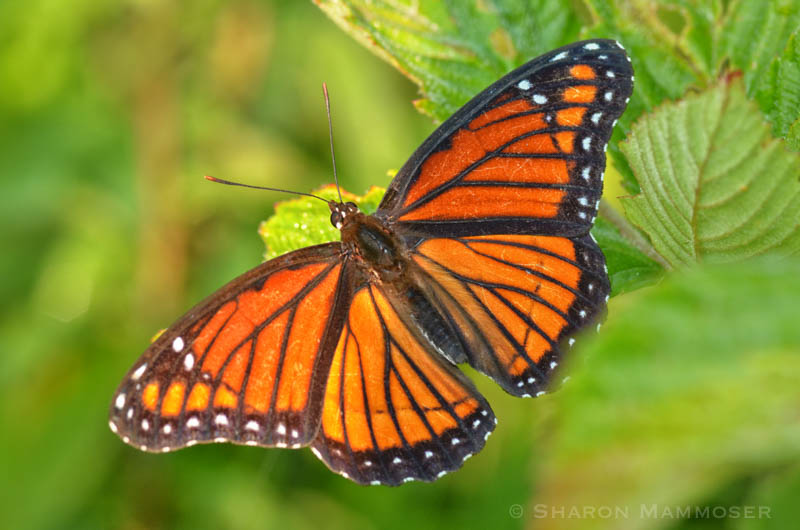
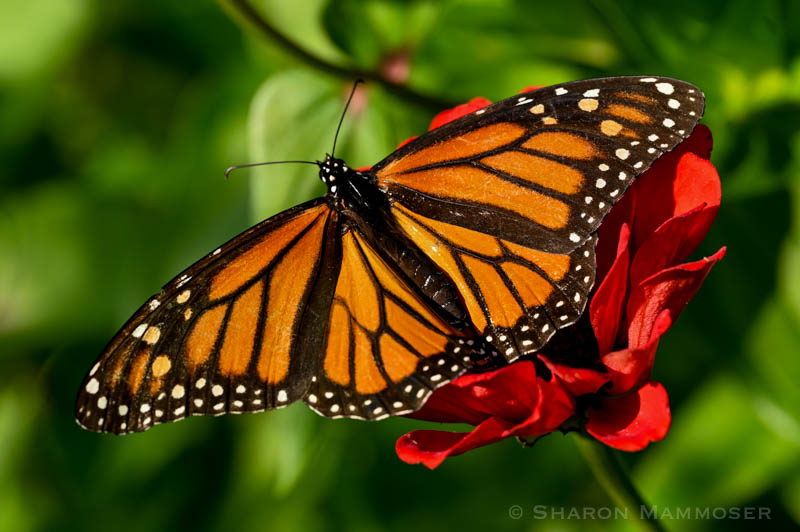
Here’s some more butterflies that mimic other butterflies, starting with a Pipevine swallowtail. Do you know what the caterpillars of Pipevine swallowtails feed on? They feed on a vine, appropriately called Pipevine, (Aristolochia) Dutchman’s pipe, or birthwort. (There are multiple species of Pipevine and all are not created equal. If you want to provide a host plant for this butterfly caterpillar, choose a variety native to your area. In NC where I live I might choose Aristolochia tomentosa (woolly pipevine) or Aristolochia durior or macrophylla (big leaf pipevine)) Like milkweed, species of this vine contain a lethal toxin called aristolochic acid. The caterpillars of the Pipevine swallowtails accumulate this poison in their bodies into adulthood, making them poisonous. Birds and other would-be predators quickly learn this and avoid them. And guess what? Because these other butterflies look very much like the pipevine swallowtails, the birds avoid them too!
I will be featuring a more in-depth post about these Pipevine mimics in the near future, giving you field marks to look for so you can tell one from the other. They are hard, right? It’s easy to see how the birds would be tricked!
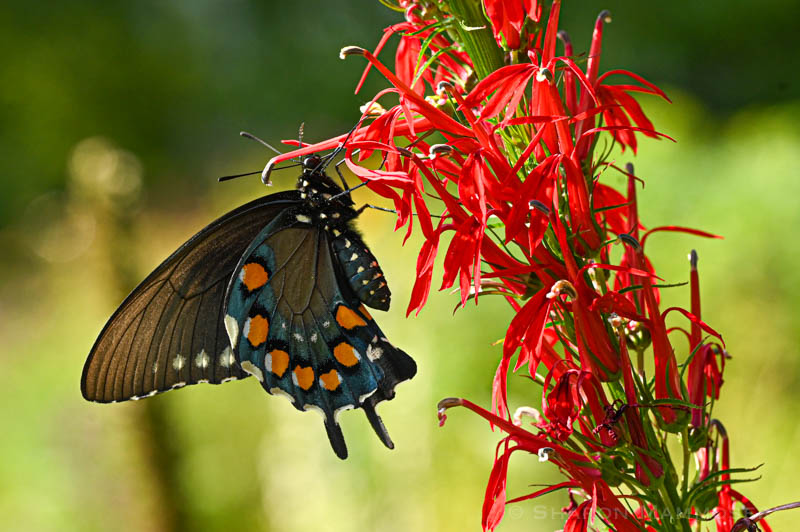
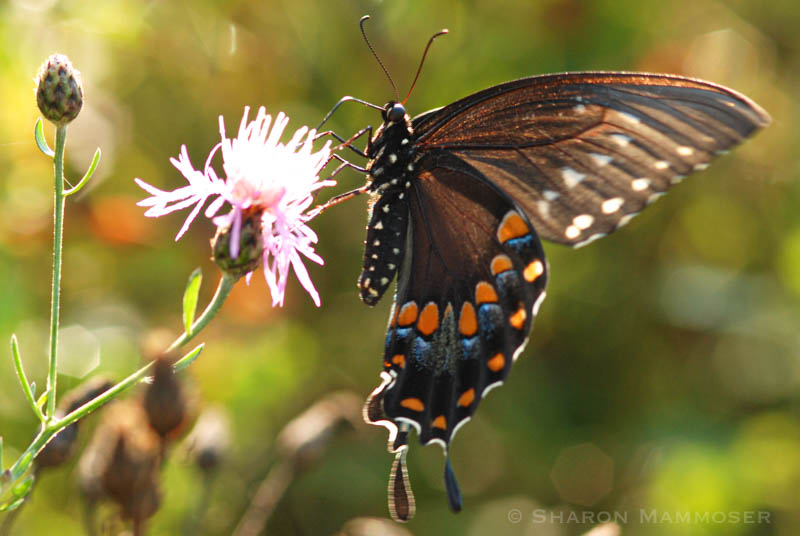
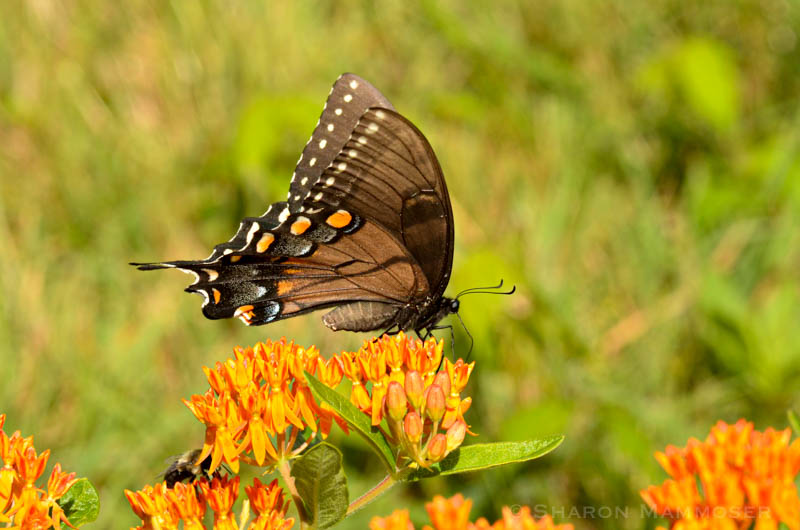
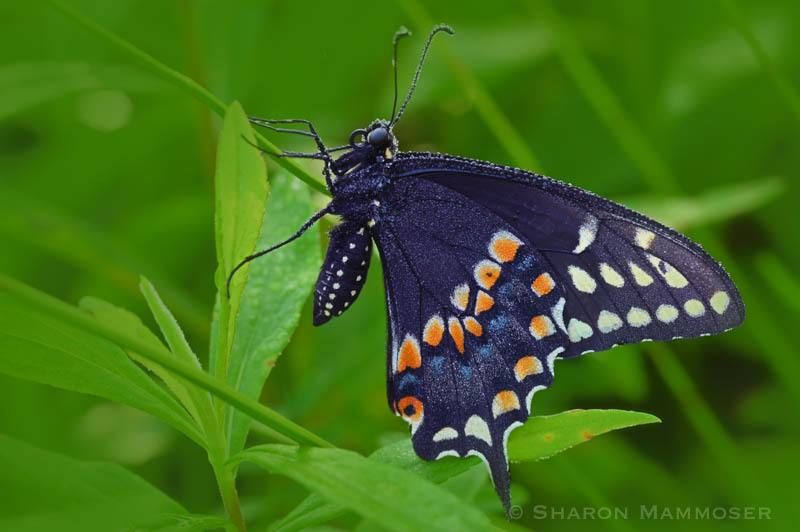
And one more, the red-spotted purple also looks similar to the Pipevine, giving it protection from predators too.
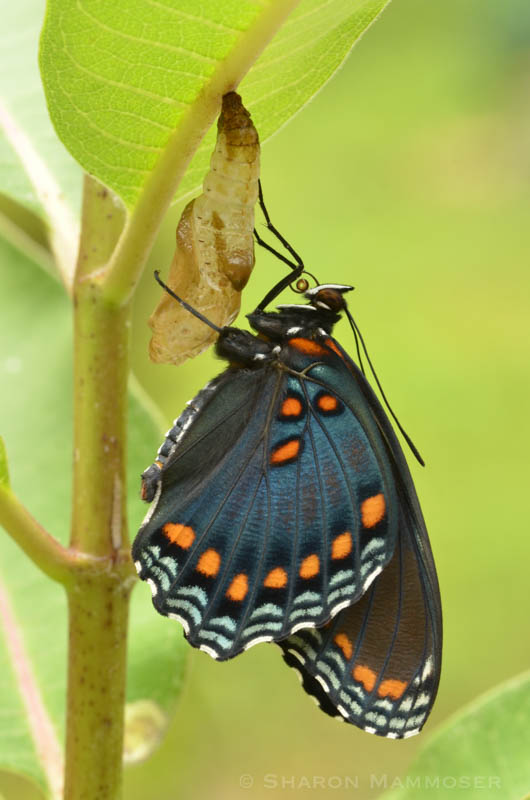
Some spiders mimic flower or other insects to trick prey. Here are a couple of crab spiders mimicking the flowers they are on, tricking prey into thinking they ARE the flower. When the unsuspecting insect comes in to get some sweet nectar or pollen, boom! the spider grabs them and ta da, lunch is served.
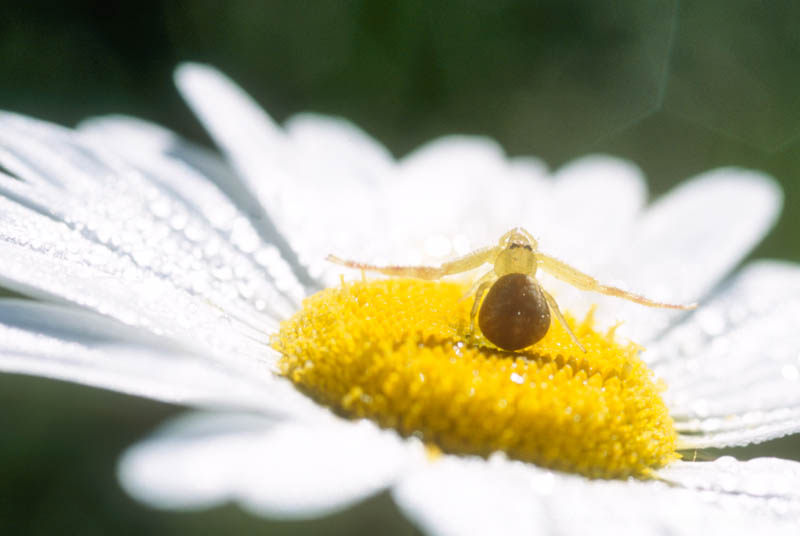
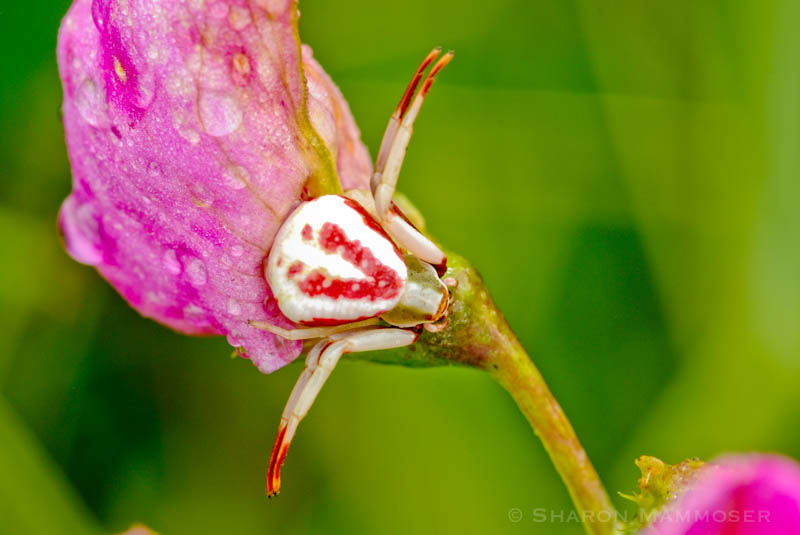
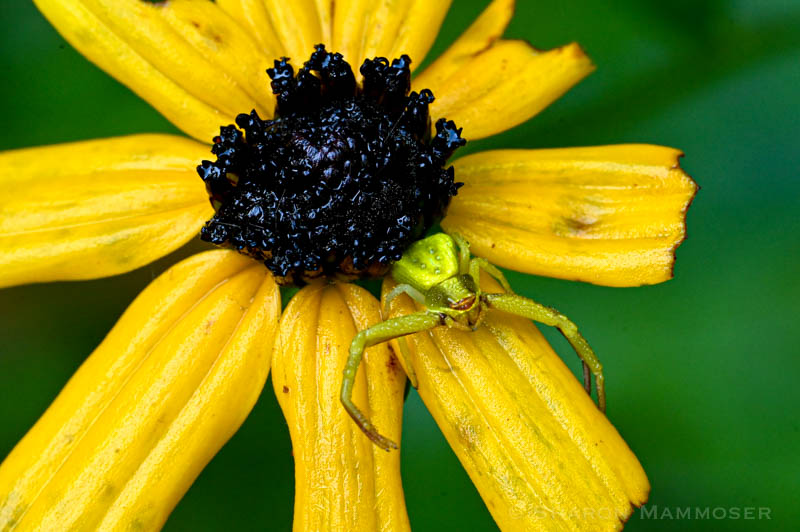
How about this next insect? Have you ever seen one? They are amazingly hard to spot! They look just like sticks. Go figure!
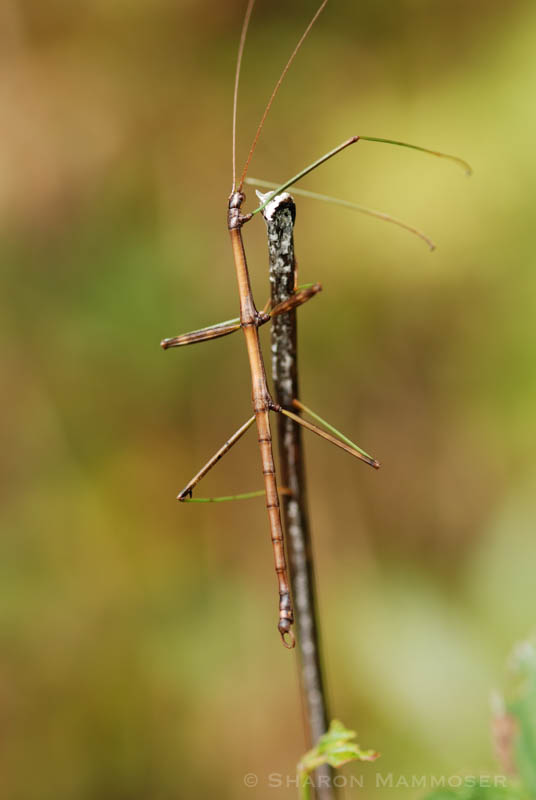
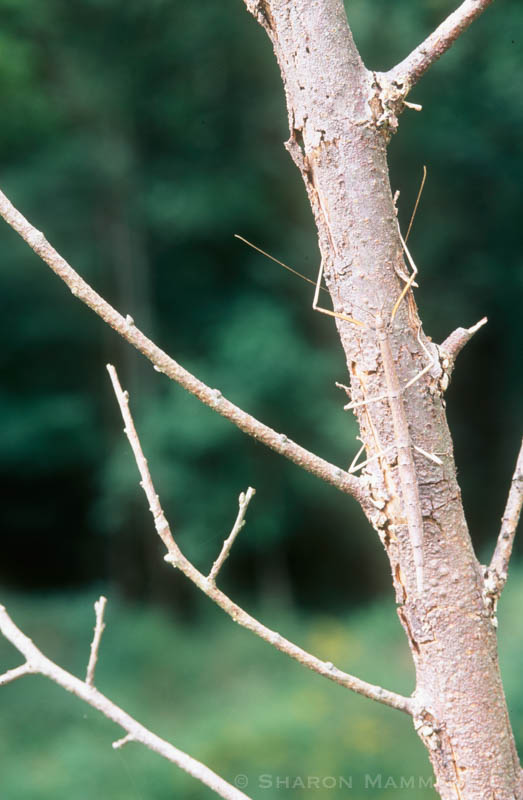
This next one has amazing camouflage too. Know how I found it? I was leading a sensory game with a group of 4th graders, playing a game that required one person in a group of two to lead the other person to a tree in a certain area. The blindfolded person then had to get to know the tree only by touching it. How big around was it? What was the bark like? Did it have any or a lot of branches? Then the person was led back to the center, spun around a few times before his/her blindfold was removed. The goal was to find the tree s/he just got to know. I too was led to a tree, but when I was feeling it to learn about it, I felt something that was obviously not bark. It was soft and fuzzy. When I took off my blindfold and returned to “my” tree, we all got a treat when we discovered this very well hidden caterpillar clinging to the bark. I can’t believe any bird could ever find this caterpillar!
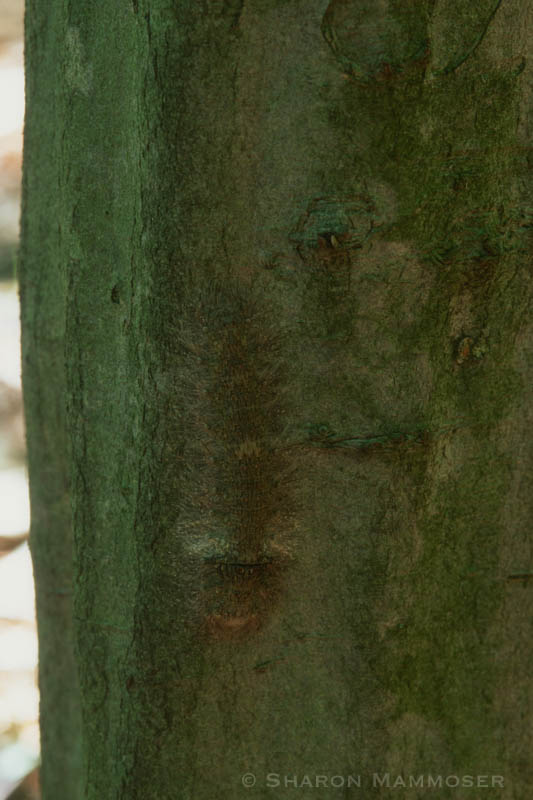
Some insects mimic leaves, like this green katydid (Click to hear what it sounds like.)
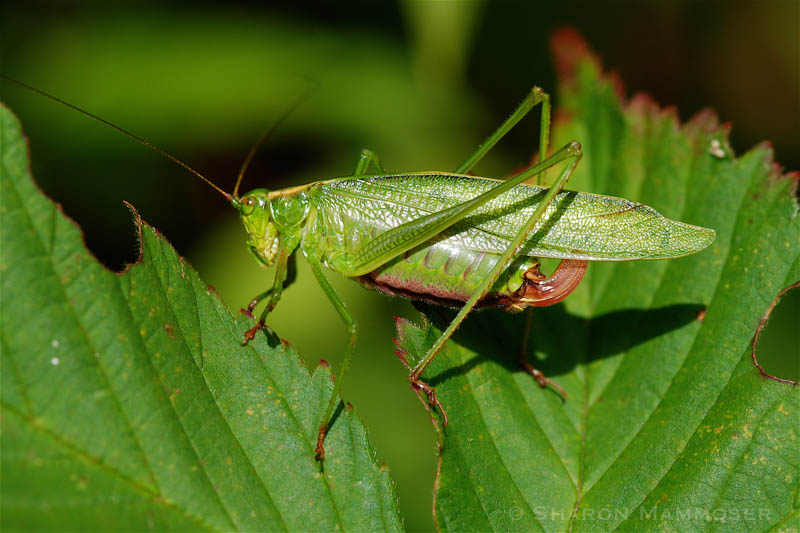
Some insects mimic bees or wasps. Here’s a fly that mimics a yellow jacket, with a similar yellow and black striping down its body. But it’s a fly!
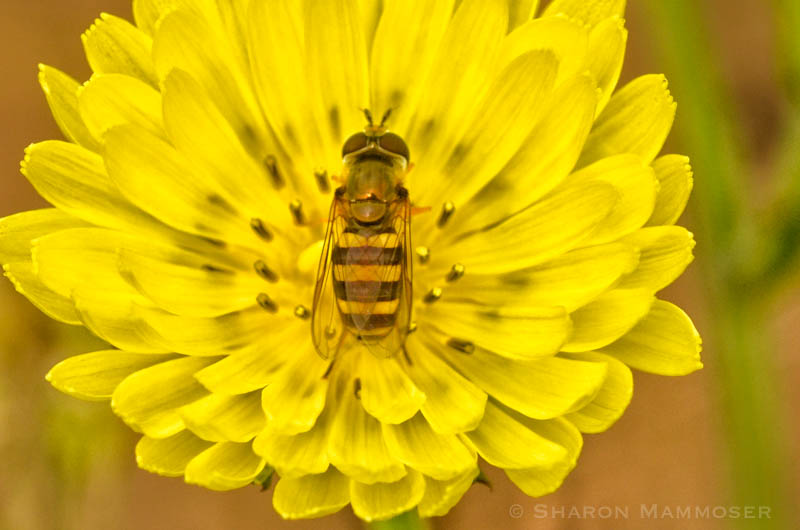
How about this moth that mimics a wasp? Wasps are fearsome, moths not so much. Birds look for moths and avoid wasps, so this moth might stay safe from hungry predators.
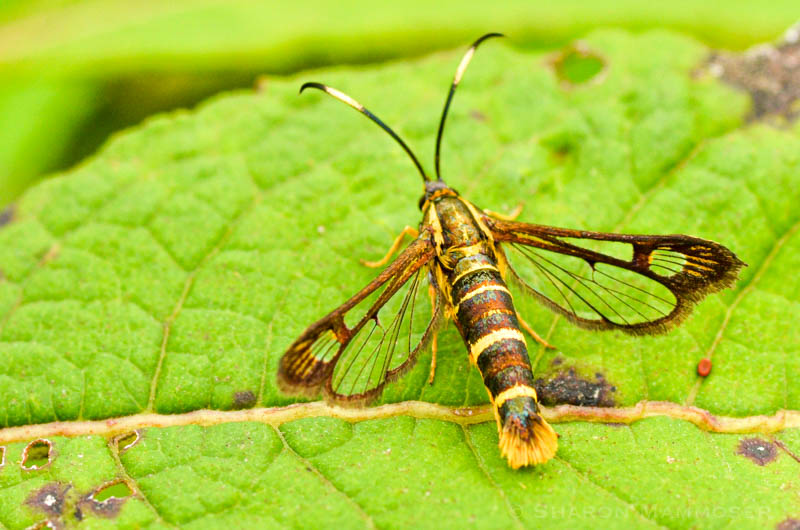
like a wasp.
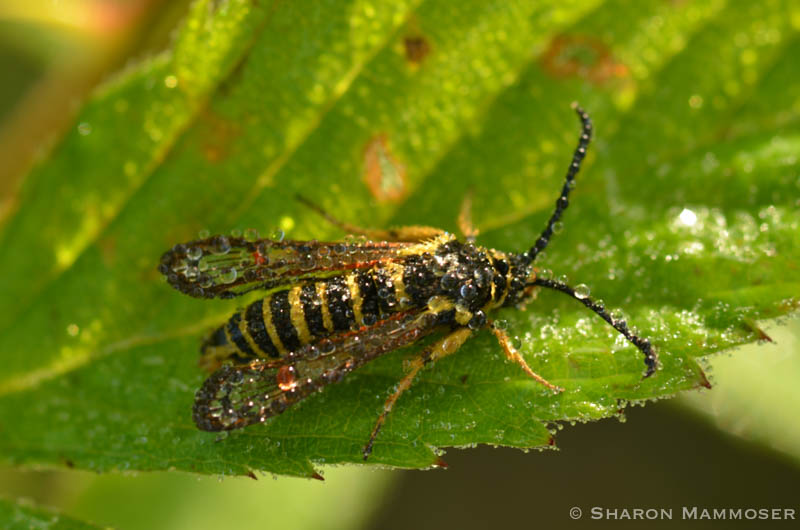
And here’s yet another moth, this one that mimics a hummingbird. Why? Because hummingbirds are FAST and fearsome. Because this moth is active during the day, it needs to avoid detection from birds. What better way to do that then pretend to be a hummingbird? Mother Nature is genus, right?
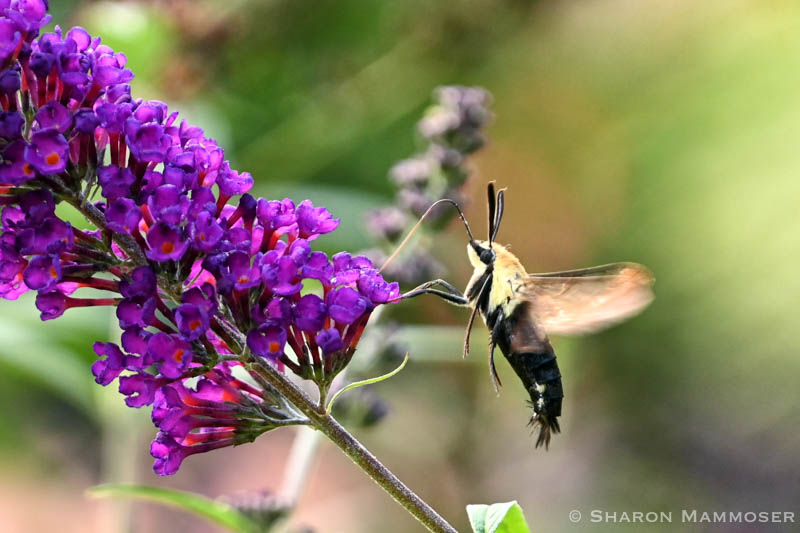
What other mimics can you think of? Do you have a favorite, or a story about how one tricked you? If so, please use the reply box below the post to share your thoughts. I always enjoy hearing from you! Hope you’re having a great week. See you again on Saturday for weekly puzzler #251.


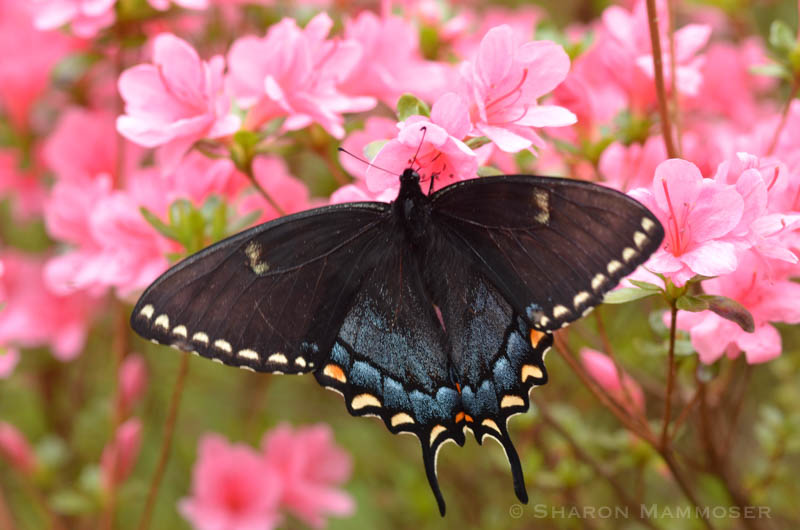
So well presented. It was fun to read
Thanks Hon for always reading.
As always, thanks for reading!